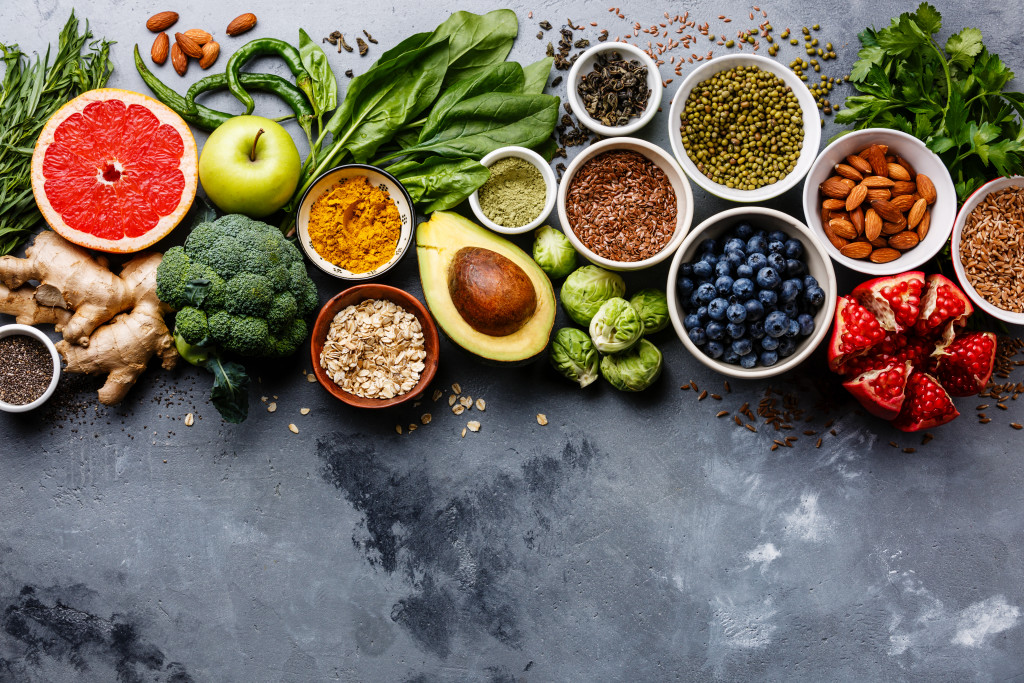The food industry produces a lot of carbon emissions annually. It’s estimated that the sector contributes about 37% of overall carbon emissions worldwide. So it’s among the highest compared to the industry and some of the most impactful.
Carbon emissions are not only bad for the environment, but they’re also bad for our health. It’s been linked to respiratory problems, heart disease, cancer, and other chronic illnesses.
The good news is that there are ways to reduce your carbon footprint as a restaurateur. One way is to source your ingredients from local farmers. It’s often referred to as the farm-to-table movement.
What is The Farm-to-Table Movement?
The farm-to-table movement is a social movement that promotes serving locally grown and seasonal food. The goal is to create a more sustainable and environmentally friendly food system.
There are many benefits to sourcing your ingredients from local farmers. For one, it reduces your carbon footprint because the food doesn’t have to travel as far. It also supports the local economy and helps build relationships with farmers in your community.
If you’re interested in becoming a farm-to-table restaurateur, here are five ways to get started.
Educate Yourself
The first thing you need to do is to re-educate yourself. Forget about the things you’ve learned in the past about the food industry. It’s a new way of thinking, and it starts with you.
You need to learn about sustainable agriculture and where your food comes from. This means learning about the different farming methods, such as organic, permaculture, and biodynamic. You should also familiarize yourself with the seasons and the crops available during each.
Educating yourself is essential so you can make informed decisions when sourcing your ingredients. You want to ensure that you’re getting the best possible product for your restaurant.
Visit Local Farms
The next step is visiting local farms and getting to know the farmers. It will help you build relationships and understand their processes. It’s also a great way to learn about what’s available in your area.

When visiting farms, pay attention to the conditions of the animals and the land. Make sure to keep an eye out for how they grow their crops and raise their animals. A farm that uses pesticides and chemicals is not the best choice for a farm-to-table restaurant.
You should also inquire about the farmers’ practices, such as whether they use GMO seeds or how they deal with food waste. When choosing a farm to source your ingredients, these are essential factors to consider.
Additionally, having a farm use renewable energies like solar panels or wind turbines is always a plus. It shows their dedication to their craft and is one of the main reasons you should support them.
Source Your Ingredients Locally
Once you’ve researched and visited some farms, it’s time to start sourcing your ingredients locally. This means working with farmers in your area to get the freshest and best ingredients for your restaurant.
You might need to make changes to your menu to accommodate seasonal ingredients, but that’s all part of the farm-to-table movement. Embrace change and be flexible with your menu. It’ll make your restaurant more unique and exciting for customers.
Invest in Sustainable Cooking Equipment
If you want to be a true farm-to-table restaurateur, you need to invest in sustainable cooking equipment. This includes things like energy-efficient ovens, induction cooktops, and low-flow dishwashers.
It’s also essential to invest in quality pots and pans. This way, you can cook with less water and oil, saving you money in the long run. Having a durable, heavy-duty food cart with you is also good. It will help you carry ingredients around, and since most ingredients from farms are going to be heavy, you’ll certainly need it.
Sustainable cooking equipment is an integral part of being a farm-to-table restaurateur. It’s not only good for the environment but also for your bottom line.
Educate Your Staff and Customers
Finally, you need to educate your staff and customers about the farm-to-table movement. This way, they can be part of the change and help promote your restaurant.
You can do this by holding educational seminars or cooking classes. You can also send newsletters or post information on your website or social media channels.
The more you educate your staff and customers, the more likely they are to support your restaurant and its mission.
Becoming a farm-to-table restaurateur is a great way to reduce your carbon footprint and help promote sustainability. By following these tips, you can make the transition to this type of restaurant smoothly and successfully.

